Automon
How to play Automon
- Roll the dice to advance around the board.
- Purchase properties when you land on unowned spaces.
- Develop properties with houses or hotels to increase rent.
- Trade properties with other players to build monopolies.
- Charge rent to other players who land on your properties.
- Aim to bankrupt all other players to win the game.
Automon Description
Automon is a 1990 DOS-based strategy game, heavily inspired by the classic Monopoly board game. In Automon, players compete to accumulate wealth by buying properties, building developments, and charging rent to bankrupt their opponents. The game replicates the core mechanics of Monopoly but introduces unique twists to make it feel fresh and engaging on the PC platform. With up to four players competing in a turn-based format, Automon offers a mix of luck and strategy as players roll dice, manage their finances, and negotiate with other players to secure their dominance.
What sets Automon apart from other Monopoly adaptations is its digital format, which provides players with quick access to property management options and automated calculations for finances, making gameplay more fluid than its board game counterpart. The top-down interface allows for a clear view of the game board, giving players an easy way to track progress and strategize.
Whether playing against AI or friends, Automon offers the familiar feel of Monopoly with a technological spin, perfect for DOS enthusiasts looking for a strategic and nostalgic board game experience.
Cheats/Hints/Walkthroughs for Automon
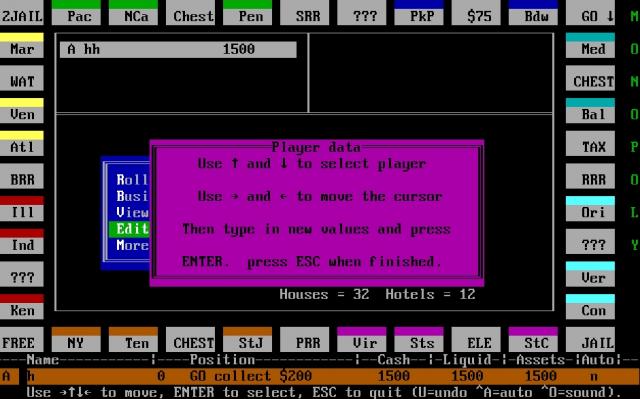
Automon - A DOS Game Based on Monopoly
Automon is a 1990 DOS-based game that brought the strategic and competitive gameplay of Monopoly to early personal computers. With its roots in the classic board game, Automon offers a digital experience that allows players to test their economic prowess through buying, trading, and managing properties, while competing to bankrupt their opponents. Developed during the rise of DOS gaming, Automon delivers a streamlined yet engaging adaptation of Monopoly’s core mechanics, making it a notable entry in early computer board game simulations.
Overview of Automon
Automon was developed in an era where DOS-based games were gaining popularity, and it stands out by recreating one of the world’s most beloved board games on a digital platform. While Monopoly had been a household staple since its introduction in the 1930s, Automon was part of a growing trend to convert popular board games into computer games.
The game provides players with many of the features that made Monopoly famous—buying and trading properties, collecting rent, and striving for financial dominance—within a virtual format. Despite its simplistic design, Automon captures the essence of Monopoly, making it an enjoyable experience for players familiar with the board game.
Gameplay and Mechanics
At its core, Automon closely follows the rules and mechanics of Monopoly. Players roll dice to move around a board, purchase available properties, and develop them by adding houses and hotels. Just like in Monopoly, the goal is to acquire as many properties as possible and collect rent from other players who land on them. As in the original, managing money effectively is key to success, as players must balance purchasing properties with maintaining enough funds to pay rent, taxes, and other expenses.
Key Gameplay Elements:
- Property Management: Players can buy unowned properties and upgrade them with houses and hotels to increase rent values.
- Trade and Negotiation: Automon features a trading system where players can negotiate deals with each other, adding a layer of strategy to the game.
- Chance and Community Chest: These random elements add variety and risk to the game, either providing bonuses or unexpected costs.
- Bankruptcy: The ultimate objective is to drive opponents into bankruptcy by strategically managing your resources and outmaneuvering your competitors.
One of the most notable aspects of Automon is its adherence to the traditional Monopoly ruleset, making it a faithful representation of the board game. While some computer-based board games of the era took liberties with the source material, Automon remains loyal to the core Monopoly mechanics that fans of the original game would immediately recognize.
Graphics and Interface
Given that Automon was released in 1990 for DOS, its graphics are simplistic by today’s standards but typical for games of that era. The game features a top-down view of the board, with player pieces represented by small icons that move along a grid of property squares. The user interface is text-heavy, relying on menus to display options such as buying, trading, and managing properties. While it lacks the animations and high-end visuals that later Monopoly adaptations would introduce, Automon offers a straightforward and functional interface, allowing players to focus on gameplay rather than visuals.
The board is laid out in a simple, easy-to-read fashion, with each property’s name and status clearly displayed. Players can quickly check who owns which properties and what upgrades (houses, hotels) have been made. The minimalist design keeps the gameplay fast-paced and accessible, ensuring that even newcomers can quickly grasp the mechanics.
Sound and Music
Like many early DOS games, Automon is sparse in terms of sound. The game features basic sound effects to indicate dice rolls and transactions but lacks a full musical score. This is typical for games from the early DOS era, which often prioritized gameplay and strategy over audiovisual elements due to technical limitations.
Similar DOS Games
Automon belongs to a niche of early computer games that adapted popular board games for a digital format. If you're interested in Automon, you may also enjoy other DOS games based on board games or strategy-focused gameplay. Here are a few similar titles worth exploring:
- Monopoly Deluxe (1992): A more polished and feature-rich Monopoly adaptation released shortly after Automon, this game includes improved graphics and sound while staying true to the Monopoly formula.
- Lords of Conquest (1986): Though based more on the game Risk than Monopoly, Lords of Conquest offers a strategic, territory-based gameplay experience with multiplayer elements.
- Acquire (1995): Another DOS-based strategy game that, like Monopoly, revolves around financial dominance. Acquire focuses on building corporations, merging companies, and gaining control of the stock market.
- Hotel (1989): While not strictly a Monopoly clone, this game challenges players to construct hotels and outmaneuver opponents, sharing the theme of property development and financial management.
- Railroad Tycoon (1990): While not based on a board game, Railroad Tycoon incorporates a lot of the same strategy and business management elements that make Monopoly so engaging. Players must build and manage a railroad empire, making strategic decisions about where to invest their resources.
These games share a common thread of economic strategy, resource management, and player competition, making them great alternatives for fans of Automon.
Legacy and Cultural Impact
Automon may not have achieved the same lasting legacy as the official Monopoly games that followed it, but it holds a place in the history of early DOS gaming. Released in a period when computer games were still exploring how to adapt traditional board games, Automon demonstrated the potential of digital versions of popular tabletop experiences. The game offered an opportunity for players to enjoy Monopoly without the need for a physical board or pieces, which was a novel idea at the time.
While Automon itself is not widely remembered today, it was an important stepping stone toward more advanced Monopoly adaptations. It provided a basic framework for how a board game could transition to the digital world, and future developers improved upon this foundation with more complex and visually appealing versions of Monopoly.
Automon stands as a fascinating relic of early DOS gaming, faithfully adapting the beloved Monopoly gameplay into a digital format. Despite its limited graphics and sound, the game remains a charming example of how developers in the early '90s were experimenting with bringing classic board games to computers. Its simple yet strategic gameplay makes it a timeless experience for fans of Monopoly, while also serving as a reminder of the early days of computer gaming.
For fans of retro games or Monopoly enthusiasts, Automon is an interesting title worth exploring. Its straightforward approach and adherence to Monopoly’s core mechanics ensure that it delivers an engaging economic strategy experience, even decades after its initial release. Whether you're looking to revisit the past or simply enjoy a classic, Automon offers a slice of DOS gaming history.






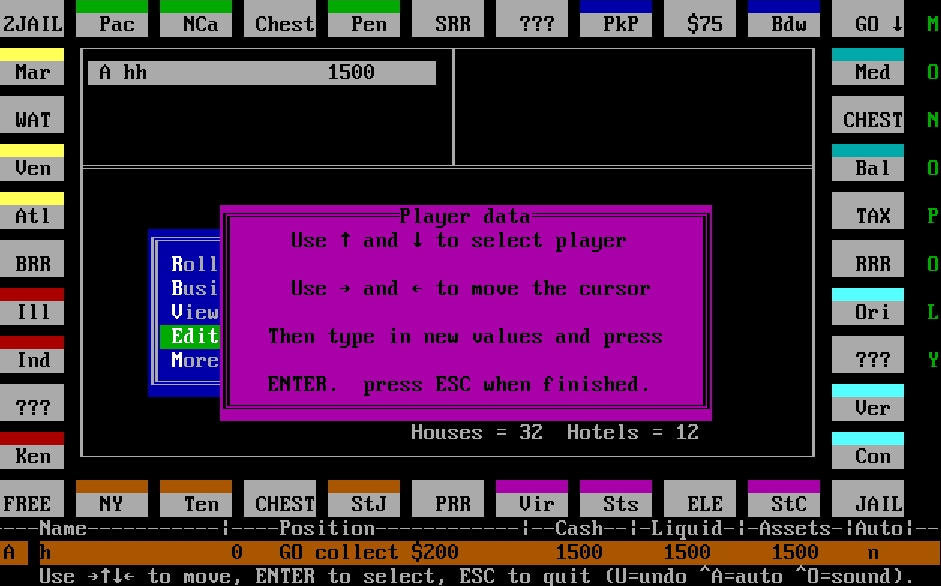

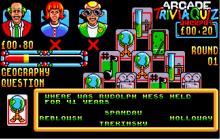

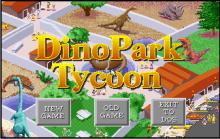
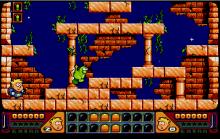

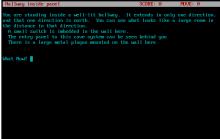

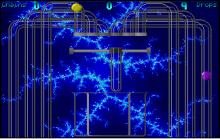
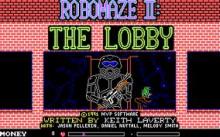
Write a comment